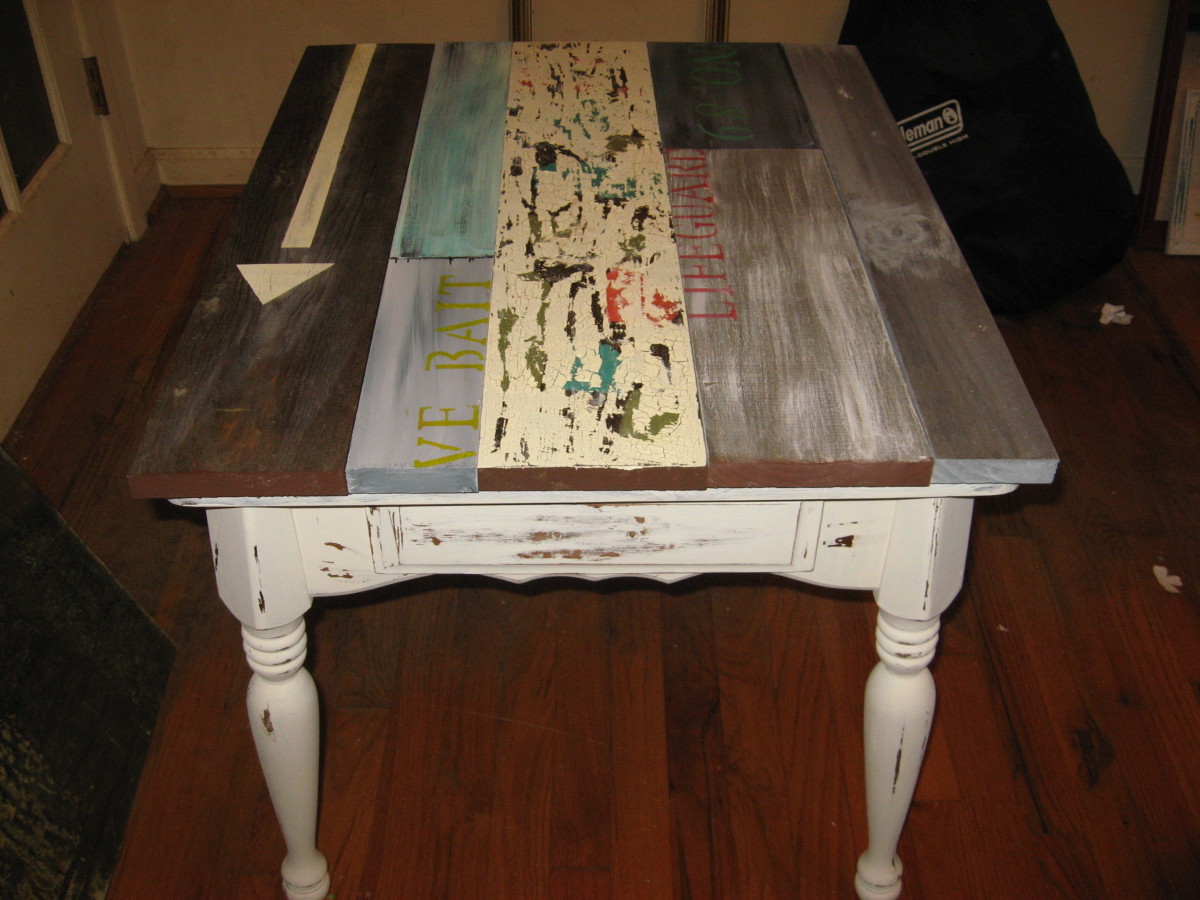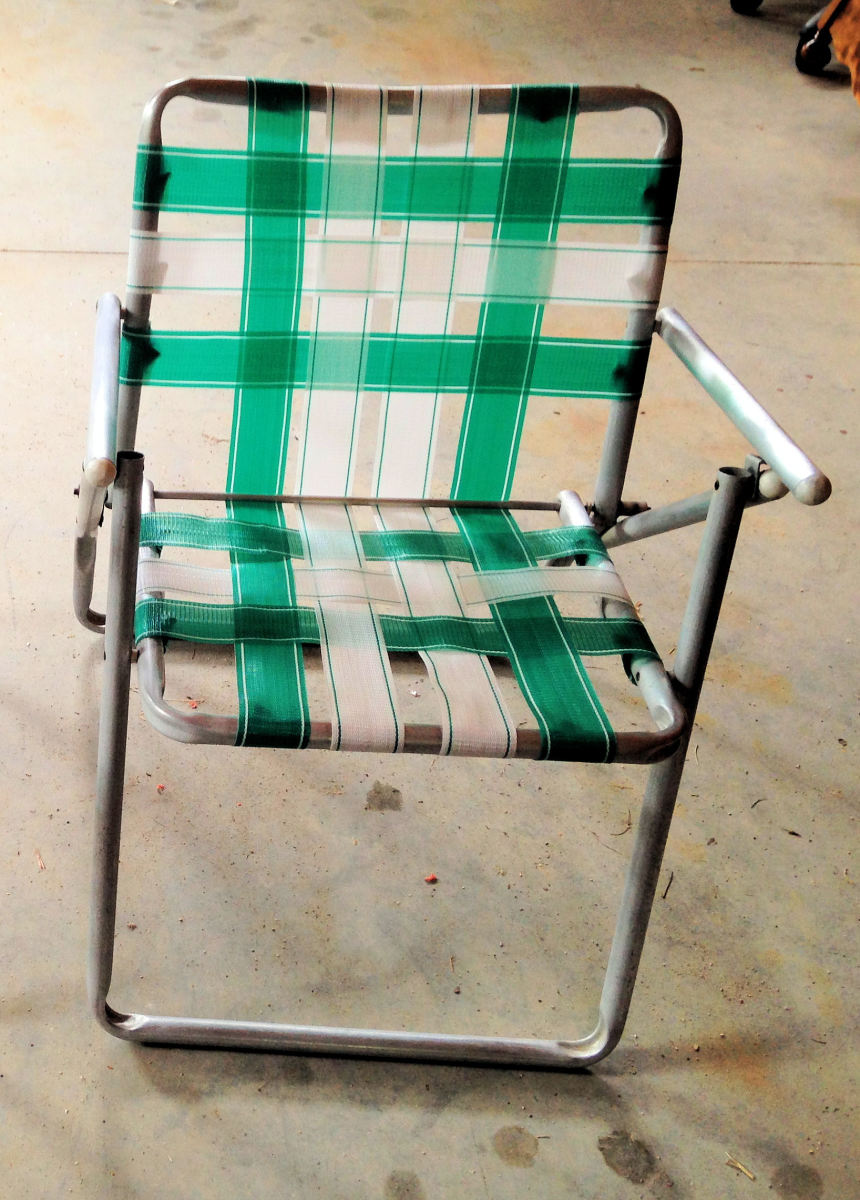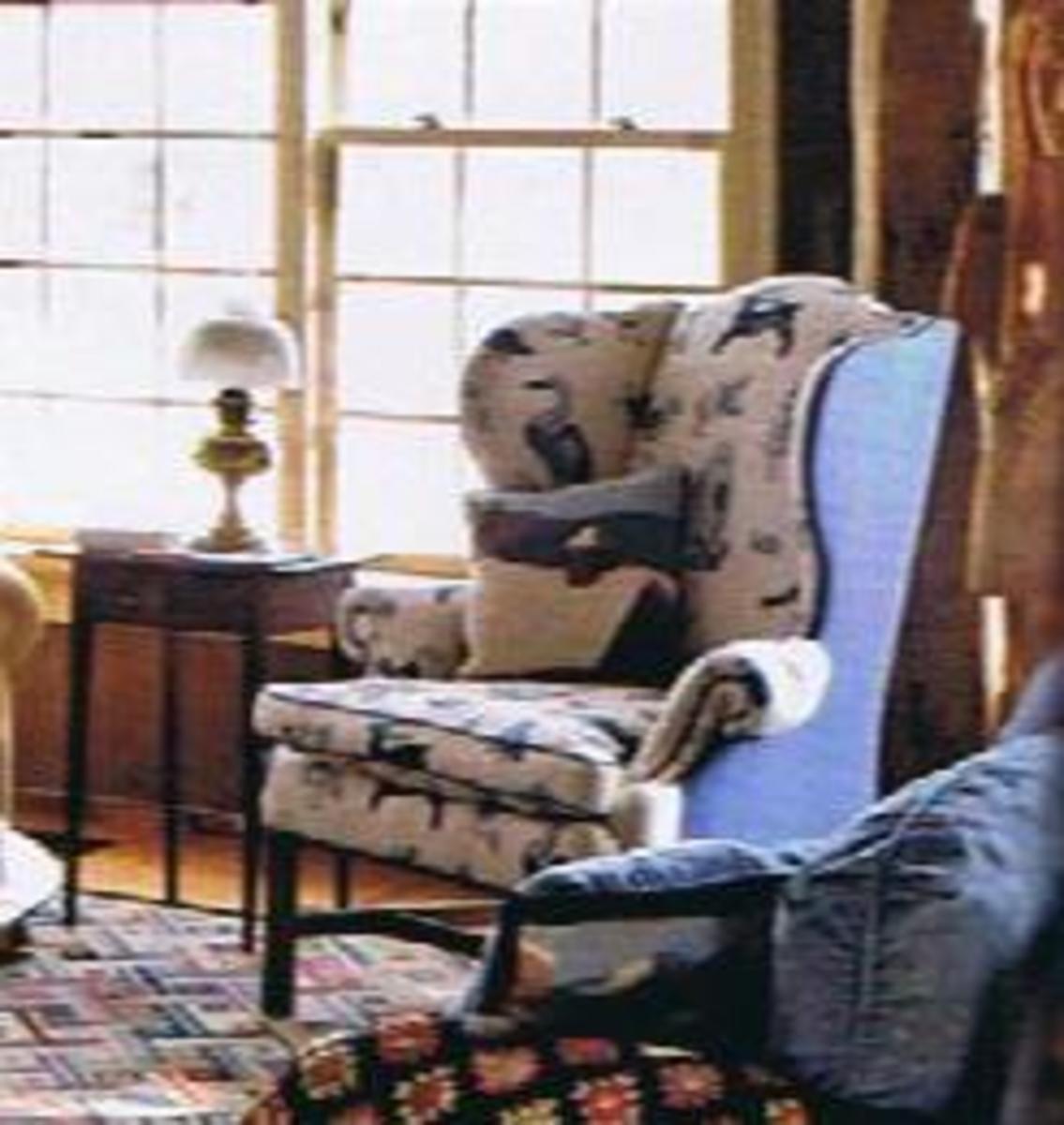How to Shop for Quality Furniture | Know how to spot the rip off cheap stuff
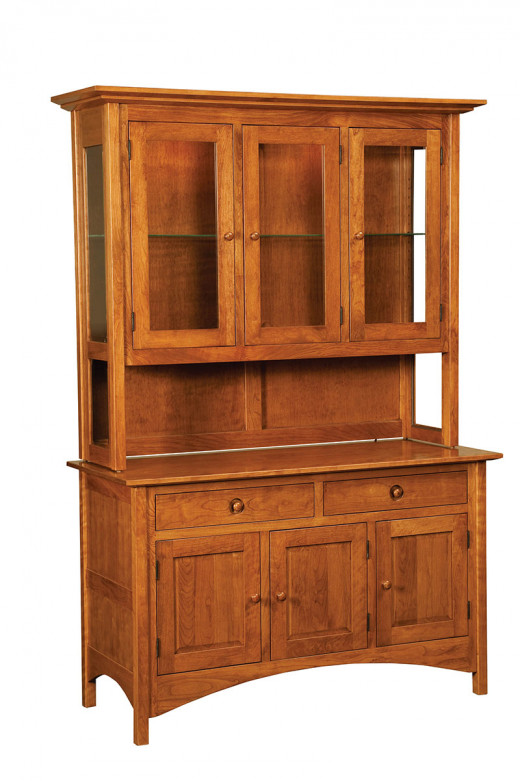
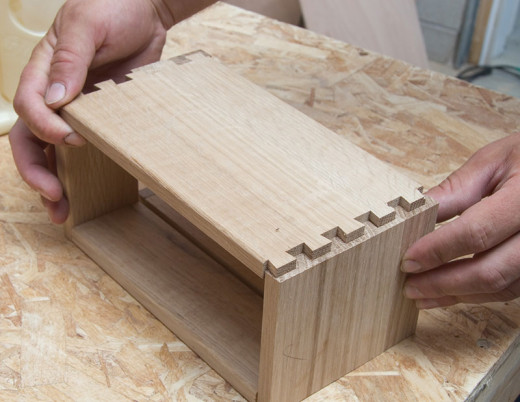
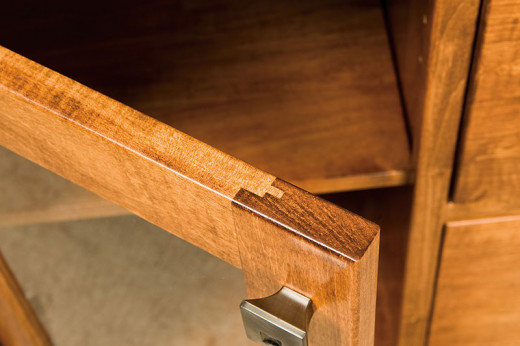
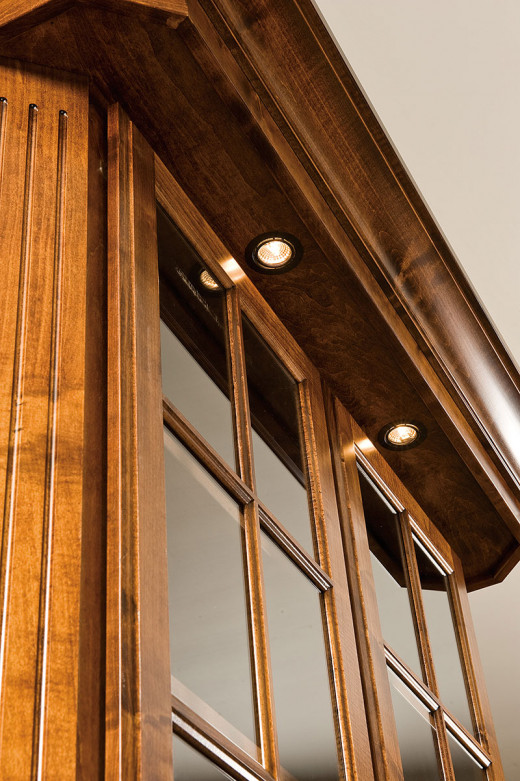
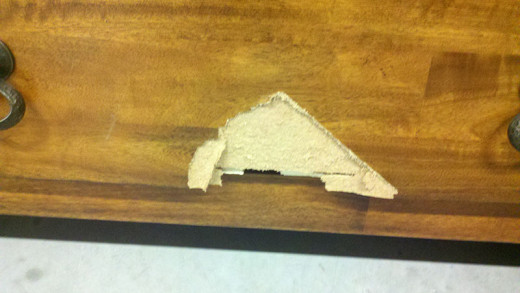
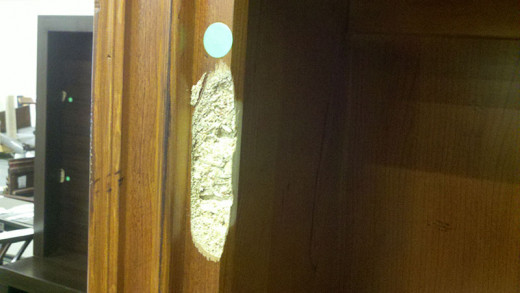
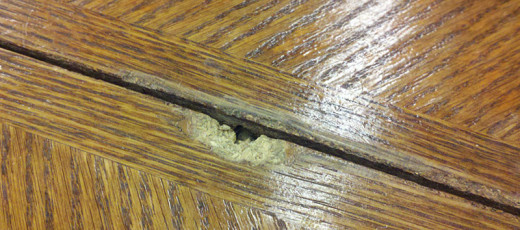
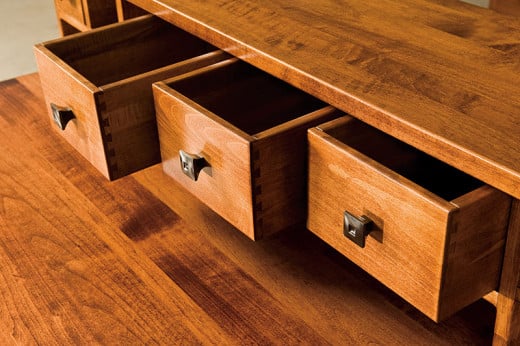
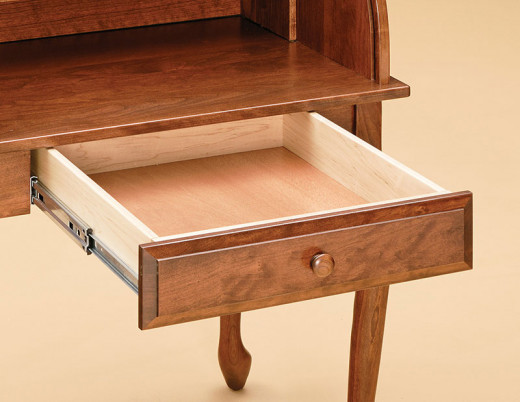
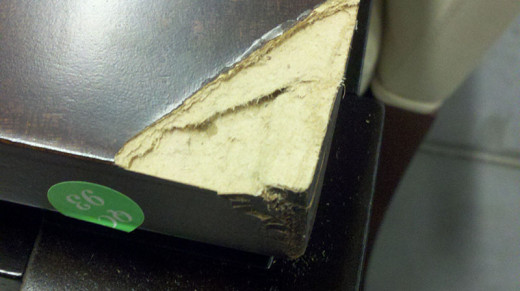
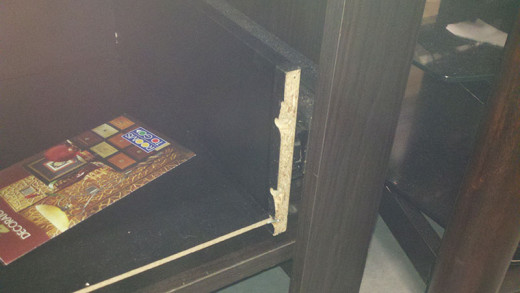
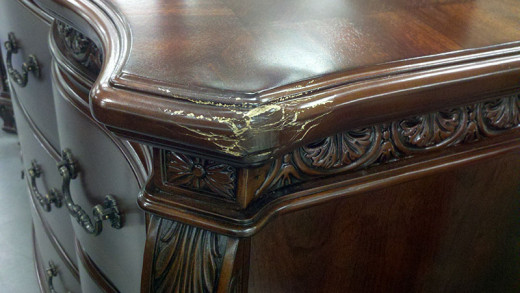
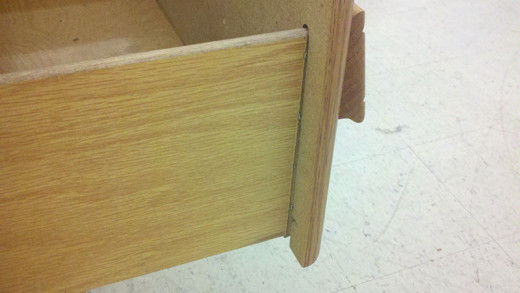
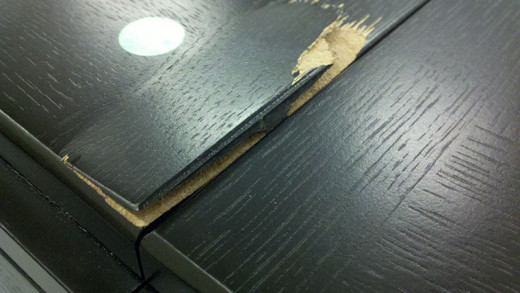
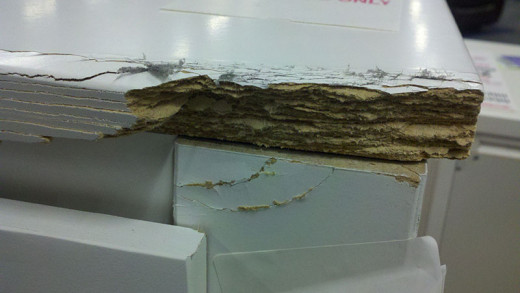
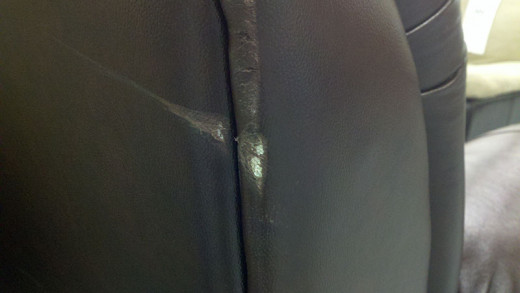
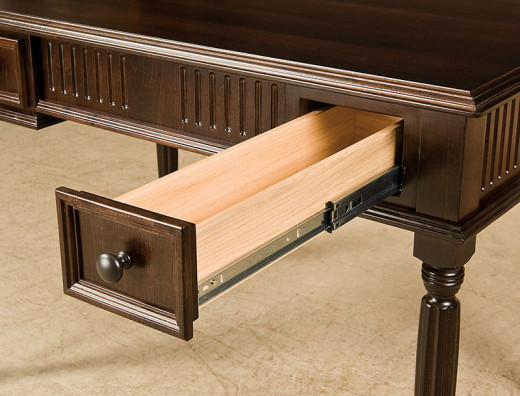
There’s a lot of new furniture that is not even worth hauling home, yet people are going into debt for it, thinking they are building their family dream.
Furniture shopping can be a challenge, how do you know if it is made of quality materials that will last long enough to someday become a family heirloom? This article will point out the rip offs to be on the lookout for.
With the maze of furniture show rooms you might be surprised that only a hand full really offers quality furniture that will last a lifetime and even beyond.
We tend to favor Amish hand crafted, the long term brand name recognition and the small family owned stores that have been in business for many years.
With a little detective work, a small mirror and flashlight you can quickly spot the cheap stuff and know when you really find the good stuff. After a few exploratory trips you will even be able to look past all the wonderful charm of a piece and see that is made of more than just a pile of sawdust.
The word “Solid Wood” has become very misleading and deceptive. The fact is there’s very little solid wood furniture still being sold today in regular furniture stores.
Manufactured particle board and fiber board known as MDF board has become the standard building material for furniture. It may be supported with solid wood frames, but the cheaper made furniture will even use particle board for those supports.
Technically it is still “Solid Wood” because both particle and MDF board is made from wood scrap and sawdust, but so is cardboard. When MDF is hit on the edge it even looks like layers of cardboard.
Most people will quickly relate to the cheap stuff as coming ready to assemble, knowing it is veneered particle board. This furniture serves a great purpose for those who want cheap, quick with a short life cycle. People generally don’t want this when buying furniture to furnish for a lifetime.
Unknowingly many are purchasing exactly that. It is very hard to tell looking at it fully finished in a show room. It is buyers beware market.
Both particle and MDF board are good materials when used in the proper places. Particle board does not do well with any moisture, thus simply should not be used for kitchen table tops. MDF does better with moister, but either one will chip or split when hit or dropped on the edge. A common problem when taking table leaves in and out to store.
Both materials do not hold screws, or mortised joints well either and should not be used for door frames, drawer fronts or drawer sides. This is where solid wood or cabinet grade veneered plywood should be used. Particle board chips out very easily, especially when thin layers such as a drawer bottom slots cut into the drawer side to hold the weight of the drawer contents.
Cabinet grade plywood uses layers of real wood glued together and then topped with a layer of veneer, thin layers of wood alternate in opposite directions of the grain, making plywood a very strong alternative, which will also hold screws and hinges.
Cabinet grade plywood will not have knot holes, which create voids in the layers. It will also have more layers stacked compared to building grade plywood.
Veneer does chip, but has been used for years even on antique pieces and if taken care of will last to become future antiques.
When veneered particle board is used for the furniture cabinet sides, it can easily blow out a chunk just by pulling it on carpet. Plywood will take much more abuse.
In fact plywood used in support areas can provide more strength than solid wood. Particle board has very little support qualities and when used on long shelving units will sag over time from just humidity and its own weight, not even considering books or other décor items. It can be structurally supported by adding a solid wood edge, which most manufactures will not do.
You likely won’t be able to totally escape particle board being used in furniture unless you purchase very high end custom furniture, have a piece made at a cabinet shop, or purchase Amish made furniture. The Amish still use old world craftsmanship and joinery using solid woods and cabinet grade veneer plywood’s.
Office furniture manufactures have used particle board for years and even some high end furniture manufactures use particle board effective. The difference is they use a high density particle board, thick Formica types of laminates, and European style hinges that mortise into the board instead of using screws to directly hold the hinged doors.
You might consider going antique and or having an older piece refurbished, including new upholstery. This furniture is fun to decorate with and you know it is ready to last another 100 years or so.
Quality built furniture will still use real solid wood for the framing, casing fronts, doors and drawer fronts. One of the quickest tip offs if a piece of furniture is quality made, is buy looking over the drawer construction and inside the cabinet behind the drawers.
Quality furniture will have solid wood or plywood for the drawer boxes and sides, with solid hardwood used in the framing construction and on the drawer support runners.
Manufactures have done such a good job to disguise particle board, even a professional cabinet and furniture builder may think it is made of solid wood when it really is a thinly veneered piece of particle board.
A true solid wood piece of furniture should still show the hardwood grains even when the darkest stains are used.
Look at the bottom edges of the drawer sides and back, these are areas where very few people will look and they are not generally covered up with veneer. The drawer bottoms should use ¼” plywood or harden masonite and not a thin sheet of MDF or particle board.
The construction and joinery used in building the drawer boxes will also give you a quick clue on the quality of the piece. Drawers will be constantly pulled out and stuffed full of heavy clothing like jeans during normal use.
Quality furniture will have drawers constructed to hold up to this use. Most manufactures are now just cutting a slot in the back of the drawer front and stapling the sides into it.
While this slot and the drawer sides are cut to form a “T” joint, if this is done in a particle board drawer front, the thin joint can easily pull out and be hard to repair.
Quality built furniture will have a stronger joint, and high end quality furniture such as built by the Amish will have dove tail joinery. High end furniture will use self closing metal drawer glides instead of wood or even plastic found on cheaper made furniture.
A small hand held mirror to see in behind the frame, under the drawers and in under the top may quickly distinguish the facts. A small flashlight will help you see up and into the back of the cabinet.
On really cheaply built furniture the veneer is actually so thin you can actually see the particle board fibers when looking across the top or edge of the frame in the showroom lighting.
Some manufactures have become as bold as to just cover the furniture sides in paper thin veneer, you can even see it peeling on the edges or scraped just from uncrating it and moving it in to the show room.
If the furniture store has a closeout or scratch and dent section take a tour and look over the damage to see how their furniture is being made.
We recently did this and took the pictures attached. This is a rapid growing chain that has a large marketing budget in all the media outlets. Their claim to success is by bundling rooms together and throwing in a big screen TV all for under $2000.
As we toured the scratch and dent section of the warehouse we could easily see where the profit margin is. Add to that the financing, and no wonder they are so successful.
In another popular store we found some of the nice looking imported furniture to actually use decorative trim made out of plaster, which is then painted and then finished to look like real wood.
Particle board, fiber board, and plaster are almost impossible to repair when it chips out.
Furniture is built and then finished at the factory, thus it is very difficult to reach in behind the door frames on cabinetry. Using a mirror to again look at the back side should show the unfinished hardwood used in the cabinet construction. If the back side looks as finished as the front side, it likely is covered particle board that was pre-finished and then cut for the cabinet construction.
Some of the pictures show where the cabinet door has fell off pulling a chunk out of the particle board frame. Without seeing this damage we would have easily assumed it was a solid wood frame.
Look at the back of the furniture, quality furniture will use a sheet of veneered plywood, or a sheet of 1/8” – ¼” thick masonite sheeting, while the cheaper furniture will use a thin sheet of paper covered MDF board or maybe even cardboard.
The cheaper furniture will just have enough staples to hold the sheet on the back. It may actually already be coming off just by making the trip from the warehouse to the showroom.
Quality furniture will show a line of staples following the cabinet framing; this is because a cabinet back is more than just a dust cover, it is the backbone of the cabinetry to keep it solid and square.
A sheet of plywood or masonite on the back of a long or large cabinet will make it solid when moving. This is compared to a thin sheet of MDF that will allow the staples to pull out to where it just won’t support the back and forth sway when moving it. Most families will make a couple of moves if not more in a lifetime.
We found large screen TV consoles with particle board sides and a particle board bridge across the top with no more than a sheet of thin MDF board holding it all together on the back.
Masonite is made of fibers like MDF board but the difference is masonite is tempered and has been used on building projects for years. Most might know it used as peg boards, that will hold tremendous amounts of weight supported with peg board hooks.
You can look at the back edge of the top and the cabinet sides to see if it is particle board or MDF however, manufactures have found a way to even disguise this area by attaching a thin strip of solid wood across the back edge before applying the veneer.
Purchasing upholstered furniture is a bit trickier, as you won’t be able to see the framing. Stores who feature quality built furniture will likely have a cutaway sample or picture of their framing for you to see.
It is pretty well a sure bet by looking over the wooden furniture in a store as to the quality of the upholstered furniture. Once you determine a brand is made of cheap quality materials the upholstery stuff will most likely be all of the same quality.
Furniture manufactures play a lot of mixing of different upholstery materials and are able to blend them well to look all the same.
For example that leather sofa that you see advertised, is likely only 50% made of leather. The rest will be made of synthetic materials to match the leather. The leather will be on the high wear areas such as the arms and cushion tops and seat back. The sides, fronts, and under the cushions will likely be made of synthetic materials.
Bonded leather is also used and sold as leather, bonded leather is actually made of leather scraps that have all been bonded together and then covered with a coating to look all one piece.
Quality built upholstery furniture will have solid legs either built into the frame or screwed on. Cheap furniture will likely have small plastic legs that screw up into the bottom of the furniture.
The framing will also be very light to where you can pick up a corner and wiggle the leg back and forth. That same wiggle will only be amplified as the kids or even grownups fall down to a sitting position.
Long sofas built using quality construction will also have a middle leg to prevent them from sagging in the middle.
Quality upholstery furniture will feel solid as you sit and recline. Cheaper furniture may slide or wiggle back and forth as you recline.
Quality sofas will also have a heavy canvas like cover under the cushions sewed to the fabric edges. It will be hard to feel the springs, but should have springs narrowly spaced across the sofa. Cheaper made sofas will have a thin synthetic sheeting to cover the springs, the springs will be noticeable and easy to count across the sofa. Some of the cheaper sofas may not even have removable cushions.
The dust cover underneath the sofa or chair will be thick and heavy, and stapled very well on quality furniture. On cheaper furniture the dust cover will be very thin and maybe already pulled away.
Grab the back of the sofa in the middle and pull forward, quality framing should feel solid, cheaper framing will give. Grab the arms and move them back and forth. Quality framing will feel solid with no give. Cheap framing will wiggle demonstrating that it probably won’t last for years of abuse and use.
Pictures of the solid wood Amish furniture are courtesy of Cottage Craft Works .com

